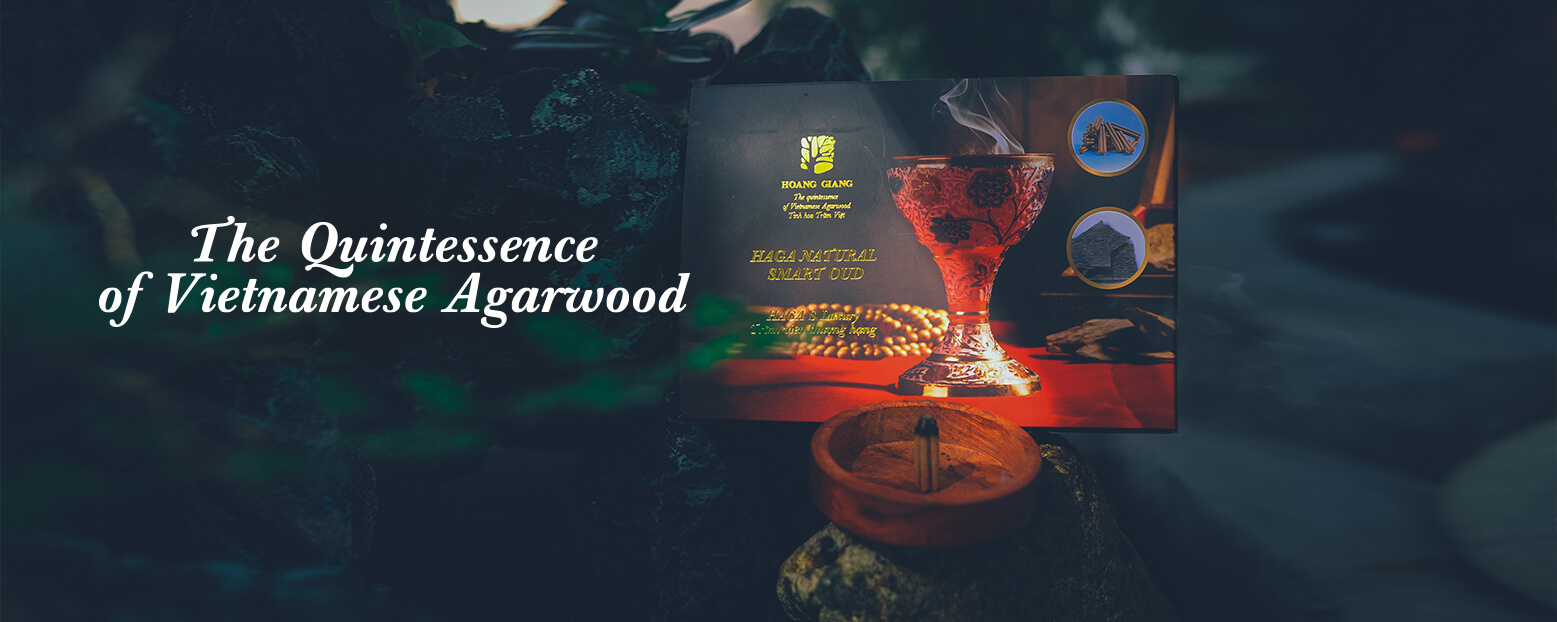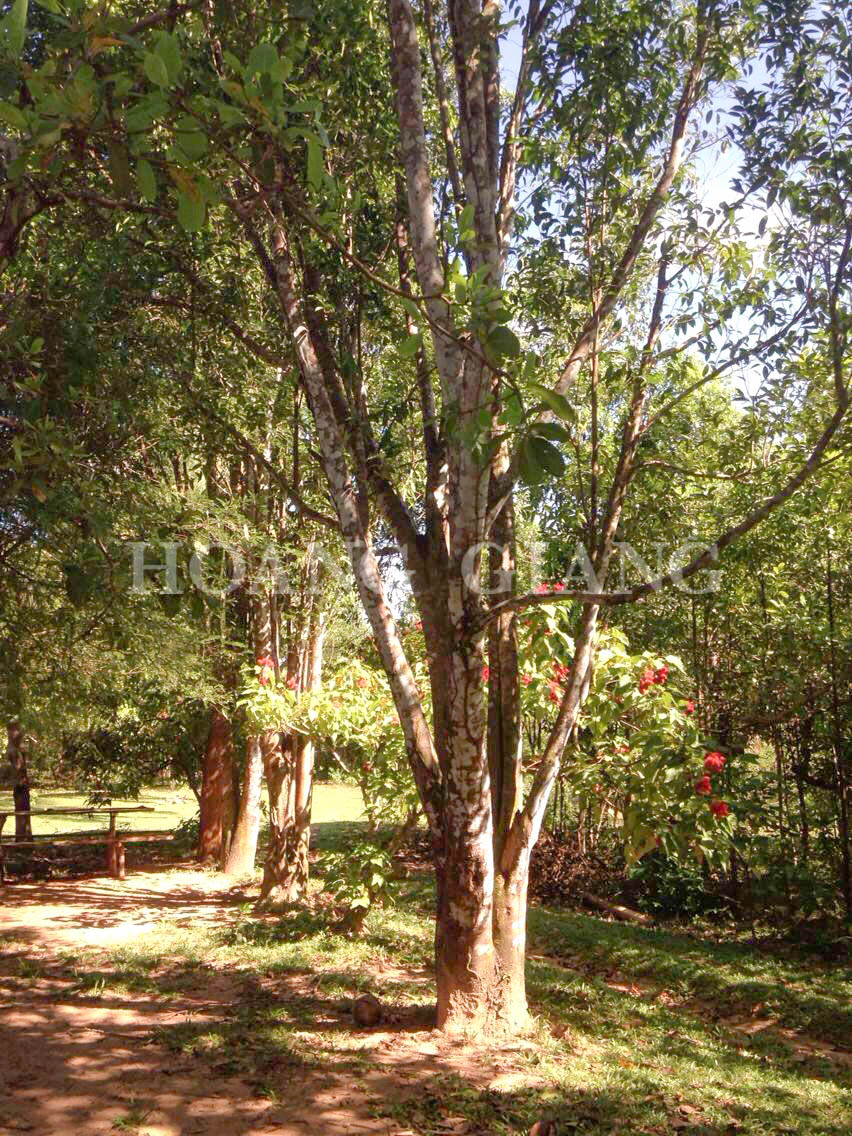Status and Distribution of Aquilaria in Vietnam
Although Vietnam was named as a range State for Aquilaria malaccensis in the supporting statement to the 1994 CITES-listing proposal, Oldfield et al. (1998) and Heuveling van Beek (TRP, in litt. To TRAFFIC International, 2 May 2000) do not consider it a range State for this species. Vietnam is, however, a range State for A. banaensae and A. crassna, the latter one of 13 officially-listed endangered tree species in Vietnam (Heuveling van Beek and Phillips, 1999). It is considered Critically Endangered by Oldfield et al. (1998), the classification being largely based on the situation in Vietnam (other A. crassna range States are Cambodia, Lao PDR and Thailand). Aquilaria spp. are mainly located in the southern coastal forest fringes adjacent to the Cambodian border and the western part of Da Nang province along the Lao PDR border. Of particular importance are the coastal belts: Quang Ninh; Ha Bac; Hoa Binh; Tuyen Quang; and Phu Quoc Island. The other main localities are in the central highlands, namely Ha Tinh, Kon Tum, Quang Nam-Da Nang, Binh Dinh, and Gia Lai.
The Ministry of Forestry and the National Forest Planning Institute in Hanoi appear to have little information on the present status of Aquilaria spp. The Canadian-funded provincial forest inventory studies do not include A. malaccensis, and the CITES Management Authority in Hanoi (The Forest Protection Department) lacks definitive information on tree population trends. The Centre of Resource and Environmental studies (one of Vietnam’s two CITES Scientific Authorities) at the University of Hanoi prepared an agarwood paper on behalf of TRAFFIC. The report maintained there was no direct correlation between Aquilaria populations and the general rate of deforestation; approximate forest cover is currently 27%.
(Source: Heart Of The Matter: Agarwood use and trade and CITES implementation for Aquilaria Malaccensis)



